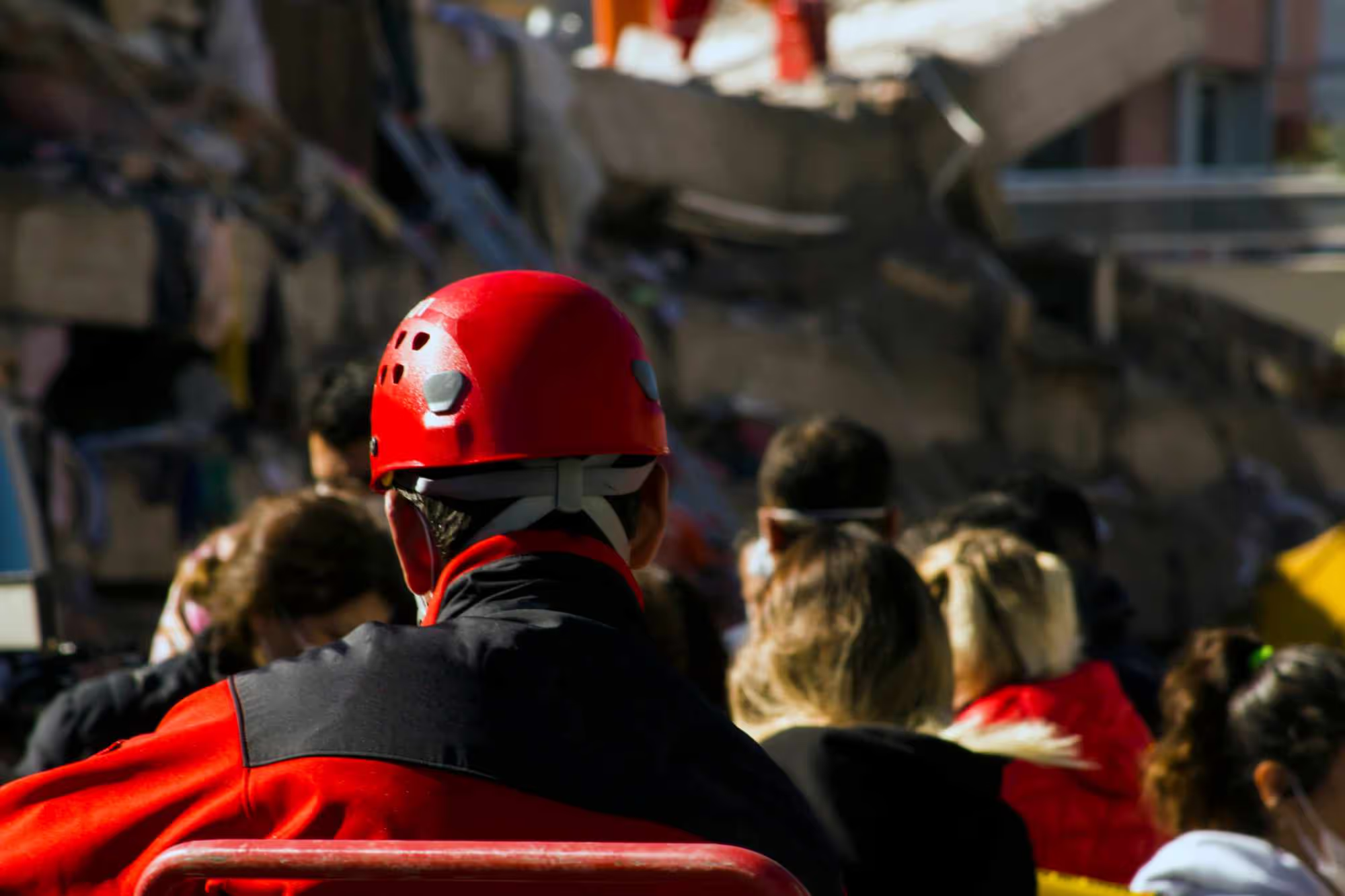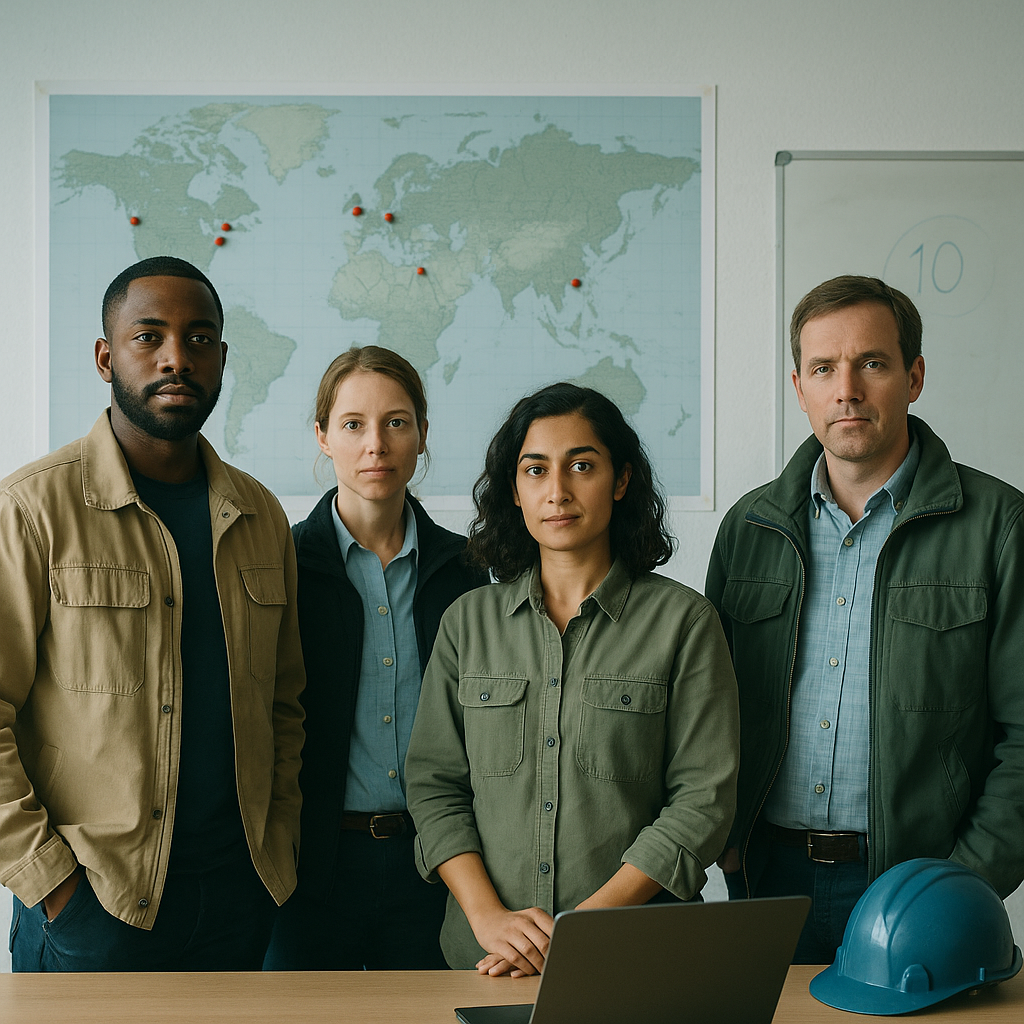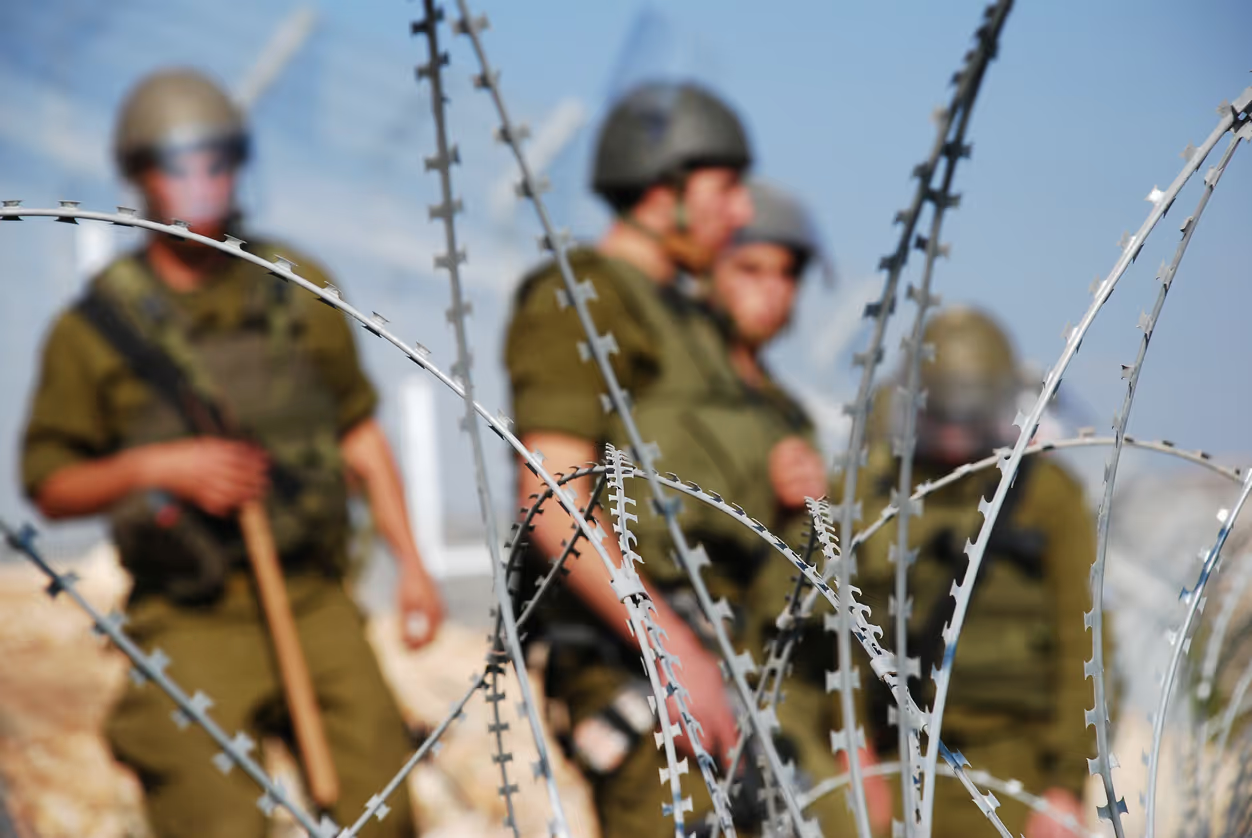Emergency Medical Evacuation for Aid Workers: What’s Covered and What’s Not?

When things go wrong in the field — a road accident in South Sudan, a sudden infection in Gaza, a blast injury in eastern Ukraine — nothing matters more than how fast help arrives.
And yet, many aid workers and NGOs assume their insurance will “just cover” evacuation.
In reality, it often doesn’t. Or not in the way you think.
Understanding what’s actually covered in your emergency medical evacuation insurance — and what isn’t — is essential if you want to protect your team and uphold your duty of care.
What Is Medical Evacuation?
Medical evacuation (medevac) refers to the emergency transport of a seriously ill or injured person from the site of an incident to a hospital capable of providing appropriate care.
This could involve:
- Road transport from a rural area to a regional centre
- Helicopter extraction from a conflict zone
- Air ambulance transfer to another country for advanced treatment
- Complex security-medical evacuations where both threats exist
For aid workers, speed and coordination are everything. Lives can be lost in hours without the right plan and provider.
What Standard Insurance Often Gets Wrong
Many organisations assume their staff are covered by a regular health or travel policy. But even so-called “comprehensive” plans often fall short when it comes to evacuation.
Common pitfalls include:
- ❌ Evacuation only if pre-authorised (which can delay treatment)
- ❌ No cover in red-listed countries or active conflict zones
- ❌ Exclusion of security-linked medical incidents (e.g. shrapnel injuries, attacks)
- ❌ Reimbursement-based systems — meaning your organisation pays upfront
And critically, some policies only cover transfer to the nearest suitable hospital, not to your home country or preferred facility.
🔗 A report from the WHO notes that even well-funded NGOs have faced delays of over 72 hours due to unclear evacuation coordination and policy mismatches. [Source]
What Should Be Covered (And Is, With Us)
At insuranceforngos.com, our evacuation cover is built for the realities of NGO work. That means:
✅ Emergency medical evacuation from the point of incident
✅ Coordination by 24/7 crisis response teams
✅ Cover in conflict zones and remote regions
✅ Security-medical extraction when both threats exist
✅ Repatriation to home country if required
✅ Multilingual assistance from medically trained personnel
✅ Direct payment and coordination — no upfront costs for NGOs
Explore this on our emergency claims support page or insurance for conflict zones page.
What’s Often Not Covered (or Needs Clarifying)
Even the best cover has limits. You should always check:
- Timeframes – some cover is only valid if evacuation occurs within a certain window
- Hospital suitability – some plans cover to “nearest facility,” others allow for regional or international options
- Non-medical evacuation – e.g. political or security extraction may require a separate rider or policy
- Ongoing care after evacuation – some policies end once the patient is stabilised
This is why we encourage all NGOs to do a pre-deployment risk review with our team.
Real-Life Example: When Minutes Matter
A field volunteer in northern Iraq collapsed with suspected sepsis. Local clinics were under-resourced, and the nearest fully equipped hospital was over 400km away — across a border.
The NGO’s existing insurer offered a reimbursement-based policy, requiring pre-authorisation and confirmation of diagnosis.
❌ The process took 36 hours.
✅ With our policy, the evacuation could’ve been triggered immediately, with our 24/7 medical team coordinating land and air transfer within hours — no prepayment required.
Why It’s Not Just About Evacuation
What truly matters is the chain of support behind it:
- Can you trigger evacuation at 2am on a Saturday?
- Will someone pick up the phone who knows how to get an ambulance into rural CAR or arrange a landing permit in Somalia?
- Will your team be flown home — or just stabilised and left in-country?
We work with global operators and in-country providers to make sure it’s not just theoretical support — it’s real help, on the ground, fast.
🔗 Read about the logistical realities of air ambulance use in humanitarian settings via Médecins Sans Frontières’ aviation unit. [Read more]
Don’t Leave Evacuation to Chance
The stakes are too high. The margins are too small. The environments you operate in are too unpredictable.
If you’re unsure whether your current policy covers medical evacuation properly, you need to act now.
✅ Get Expert-Backed Evacuation Cover Today
Request a quote with medevac included
Contact us for tailored support and group deployment cover
Review our emergency claims process
We cover what others exclude — and we respond when others delay.



